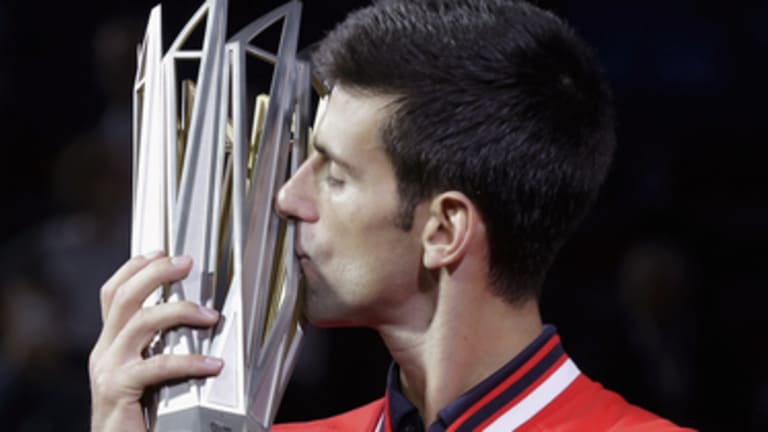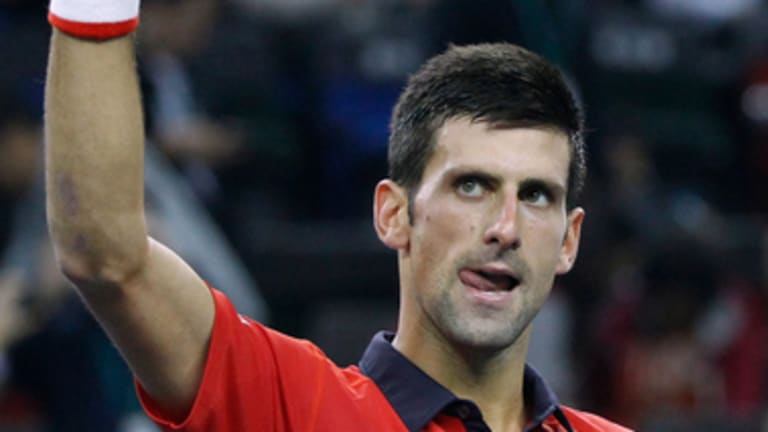“I think in terms of the two tournaments in back-to-back weeks, this has been the best two weeks of my life, my career,” Novak Djokovic said after winning the title in Shanghai on Sunday, a week after winning in Beijing. “Honestly, that’s how I felt.”
We believe you, Novak.
Last week in Beijing, when Djokovic broke John Isner four times and beat him 6-2, 6-2 in a little over an hour, I wrote that we may have reached Peak Nole. Winning nearly half of the big American’s service points was a stunning performance, even for the game’s best returner.
If anything, though, Djokovic only climbed higher as the competition grew tougher in Asia. In his final-round win over Rafael Nadal in Beijing, and his semifinal win over Andy Murray in Shanghai, Djokovic also surrendered just four games. Even against his fellow members of the Big 4, Djokovic looked like he was in another league entirely. Against Nadal, he gave a 14-time Slam winner—who wasn’t playing badly—no hope whatsoever; against Murray, he produced a self-assured shotmaking barrage. Djokovic has now won 17 straight matches and 22 straight sets. Of the 20 sets he played in his two-tournament Asian swing, he lost more than three games just twice.

